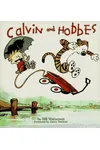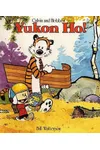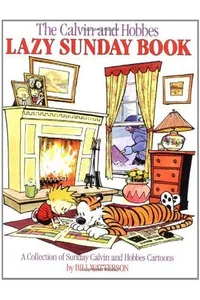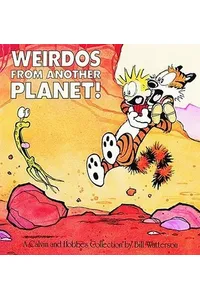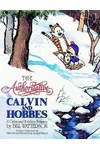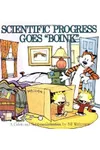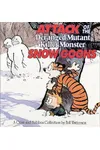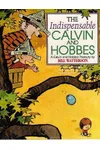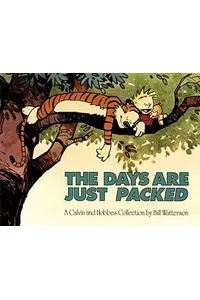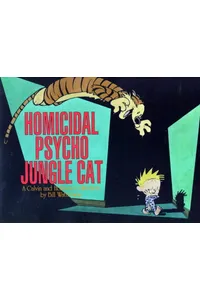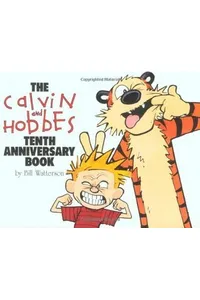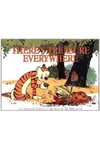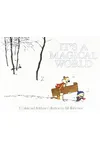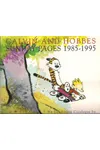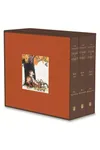Step into the whimsical world of Calvin and Hobbes, where a six-year-old boy and his stuffed tiger turn everyday life into extraordinary adventures! Bill Watterson’s beloved comic strip series blends childlike wonder, sharp humor, and profound musings, capturing hearts with its timeless exploration of imagination, friendship, and the human condition.
From snowball fights to philosophical wagon rides, Calvin and Hobbes invites readers to see the world through a child’s boundless creativity. Whether you’re a longtime fan or new to their antics, this series offers a joyful escape into a world where anything is possible.
How Calvin and Hobbes Began
In 1985, Bill Watterson introduced Calvin and Hobbes to newspapers, drawing inspiration from his own childhood and a love for classic comic strips like Peanuts. Named after theologian John Calvin and philosopher Thomas Hobbes, the duo reflected Watterson’s fascination with human nature. His goal? To craft a strip that was both funny and deeply meaningful, appealing to kids and adults alike. Despite early rejections, the strip’s unique voice found a home, quickly gaining a devoted following.
The Heart of Calvin and Hobbes
The Calvin and Hobbes series spans numerous collections, with standout books showcasing its brilliance. The Essential Calvin and Hobbes (1988) compiles early strips, introducing Calvin’s mischievous schemes and Hobbes’s sardonic wit. Attack of the Deranged Mutant Killer Monster Snow Goons (1992) highlights Calvin’s wild imagination, from snowman armies to alien invasions. The Days Are Just Packed (1993) dives into summer escapades, blending humor with poignant reflections. Finally, It’s a Magical World (1996) closes the series, capturing the duo’s bittersweet farewell.
Themes of imagination, friendship, and the fleeting nature of childhood define the series. Watterson’s minimalist art style—vivid yet simple—brings Calvin’s fantastical worlds to life, from dinosaur-filled jungles to interstellar voyages. Set in a suburban neighborhood, the strip transforms mundane settings into playgrounds of wonder. Its philosophical undertones, often explored through Calvin’s musings or Hobbes’s dry commentary, elevate it beyond typical comics, offering insights into life’s big questions.
Watterson’s refusal to commercialize the strip preserved its integrity, making each book a pure reflection of his vision. This authenticity resonates with readers, who find both laughter and wisdom in Calvin’s antics and Hobbes’s grounded perspective.
Why Calvin and Hobbes Resonates
Calvin and Hobbes remains a cultural touchstone, influencing comic artists and captivating generations. Its universal themes—imagination, the joy of friendship, and the bittersweet passage of time—strike a chord with readers worldwide. Fans cherish its ability to balance silliness with depth, making it a rare gem in comic history. Watterson’s decision to end the strip in 1995, at its peak, cemented its legacy as a work of art untouched by overexposure.
The series’ impact extends beyond comics, inspiring writers, educators, and even philosophers to explore its themes. Its enduring popularity proves that stories celebrating creativity and human connection never go out of style.
- Publication Years: 1985–1995 (comic strip); books from 1987–1996.
- Number of Books: 18 major collections and anthologies.
- Awards: Watterson won the Reuben Award for Cartoonist of the Year in 1986 and 1988.
Grab The Essential Calvin and Hobbes and dive into a world of laughter, wonder, and timeless adventure!
